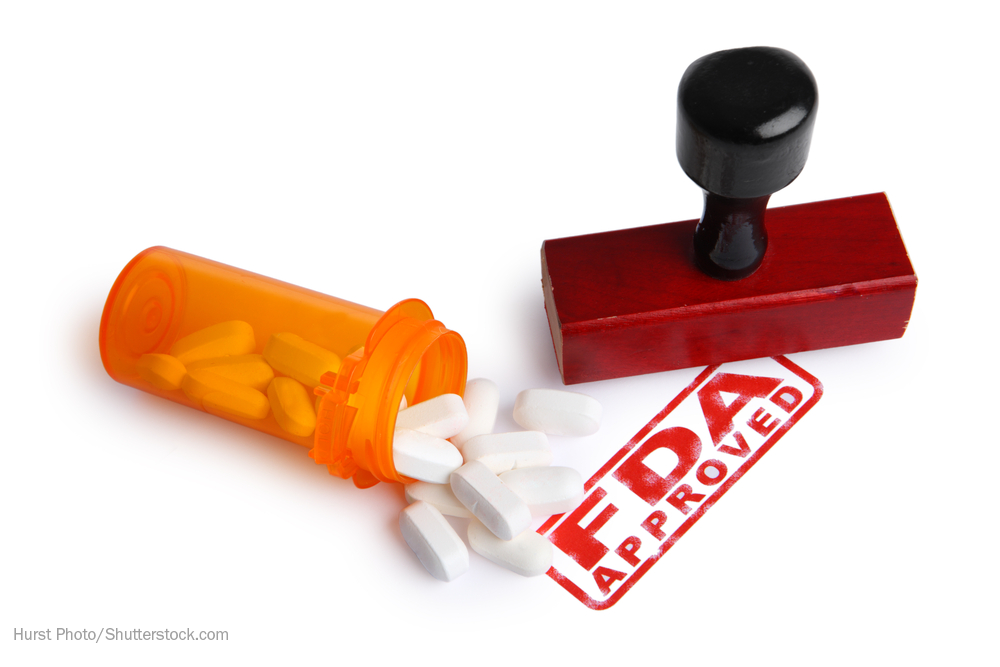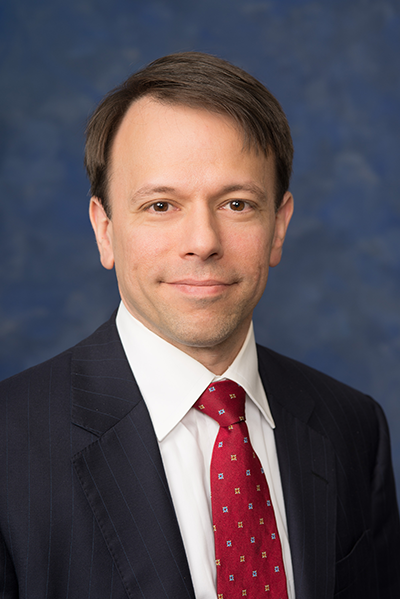Top 3 Biosimilar Developments of 2018
2018 was meant to be a big year for the biosimilar market-but were developments as big as hoped? Find out.

Mark Ginestro

When the U.S. Congress signed the Biologics Price Competition and Innovation act in 2010, many believed its abbreviated licensure pathway would allow the market to come into its own before the start of the next decade. But while a recent Marketshare forecast predicts the biosimilars market is expected to exceed $10.9 billion by 2021, the commercialization of biosimilars, or drugs that are highly similar to a particular biologic product, have lagged.
Mark Ginestro, principal and strategic advisor for healthcare and life sciences at KPMG, offers his thoughts on the top 3 biosimilar developments on 2018-and what they may mean for adoption in the coming year.
1. Biosimilars remain big in Europe
While far too many articles highlight the fact that the European Commission (EC) is outpacing the FDA in biosimilars at approximately 4 to 1, Ginestro says that the global biosimilar market offers the United States a “foreshadowing” of things to come here.
“We saw a greater uptake of biosimilar products in 2018 globally-and it contributed to a good deal of pricing and revenue decline for branded drugs,” he says. “That’s relevant to us here, because when the U.S. market gets around to maturing a bit, it suggests that replacements are possible, with no health risks, providing further evidence that biosimilars are legitimate products that can replace more expensive branded products and drive down drug costs.”
2. Approvals are steadily increasing the United States
However, there are, of course, several reasons why adoption has lagged in the United States,-namely America’s fragmented payer market-but Ginestro says while the uptake curve may be slower in the U.S., uptake is occurring.
“With a single payer environment, the payer decides to go with a biosimilar and-boom!-all volume switches on a certain day,” he says. “There are no choices about it. It’s more challenging with more players making decisions.”
Prior to 2018, the FDA had only approved a total of 9 biosimilar drugs. 2018 brought the highest number of biosimilar approvals to date: seven new products. Yet, while it was a record number, Ginestro says that many experts hoped to see a higher number of approvals come through this year.
Related: CMS Proposes Actions to Lower Prescription Drug Costs: 4 Things to Know
“We are getting to the point where we are seeing more approvals,” he says. “But you also have companies reassessing their biosimilar investment plans saying, ‘This is a lot more expensive, the uptake is taking longer than we thought, so we need to reevaluate our position and investment in this market.’”
3. The more things change, the more things stay the same
Despite these advances in the global and U.S. markets, Ginestro says the biggest biosimilar development of 2018 may just be the lack of promised progress in adoption and commercialization.
“We’ve got a sufficient number of products on the market now to be competitive and drive pricing down,” he says. “It’s just a matter of time because of this fragmented payer dynamic.”
Ginestro expects that the first company to receive interchangeability approval will be a beacon for the rest of the market. He says that intrepid players will provide others a roadmap to interchangeability, demonstrating what data is required by the FDA to support those applications and succeed.
“Once that happens, we should see more commercial investment for biosimilar launchers, recognizing they need to put some feet on the street to get the word out about these drugs and what they can offer-because they won’t sell on their own,” he says. “We will still see some show update as branded competitors protect their market share with price discounts. But as the commercial investment grows, biosimilars will take their part of that share.”
And what do these developments mean for 2019? Ginestro is circumspect. He believes the market will continue to grow at a slow and steady pace-and perhaps not as quickly as some would like. Still, biosimilars provide a safe, effective, and less expensive way to treat many conditions.
“I’m optimistic,” he says. “We will see prices drop and companies will create as much leverage as possible. It’s just going to take time.”
Kayt Sukel is a science and health writer based outside Houston.